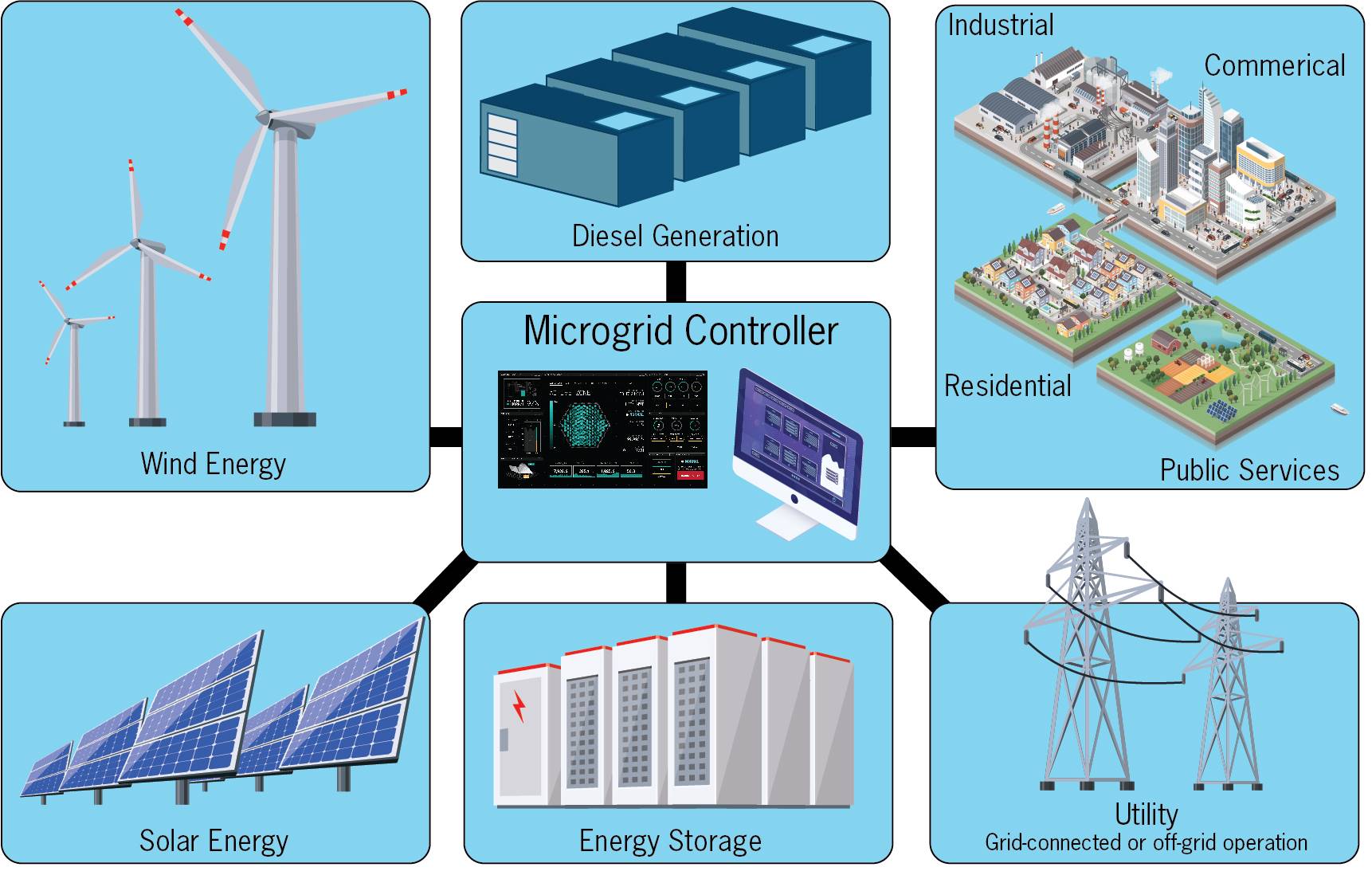
Critical facilities’ need for energy resiliency has been illustrated many times by devastating storms, earthquakes or other disasters. These facilities include emergency operations centers, hospitals and communications or data centers. While there are various components to the design and testing of a building’s resilience, ensuring that a facility’s systems operate reliably, within a safe and protected environment, is the ultimate goal of the designers and commissioning agents.
In the past, the “electric grid plus backup generator” approach was successfully used for standby power, because the reliability and resilience of the electric grid was considered reasonably high, and threats to the grid were not seen as great. However, this has changed over the past 20 years. Since that time, the number and magnitude of threats to the grid have grown substantially, with more frequent and longer outages. The number of threats to the electric grid has grown as well, including cyberattacks, physical attacks, electromagnetic pulses, directed energy weapons, geomagnetically induced currents and severe weather.
 The primary approach to address grid outages has been to set up critical facilities’ installations as microgrids, enabling them to operate independently of the main power grid, typically with backup diesel or gas generators. However, recent advances in battery technology and stationary energy storage systems, which increase operational duration and reduce costs, make it feasible to use renewable energy sources for primary and backup power.
The primary approach to address grid outages has been to set up critical facilities’ installations as microgrids, enabling them to operate independently of the main power grid, typically with backup diesel or gas generators. However, recent advances in battery technology and stationary energy storage systems, which increase operational duration and reduce costs, make it feasible to use renewable energy sources for primary and backup power.
While renewable energy, such as solar and wind power, has been promoted as providing clean and sustainable power to our electricity grid, it offers other benefits as well, including increasing energy resiliency. More traditional forms of energy, such as fossil fuels, require an input (coal, oil, gas, etc.) that often must be transported, risking disruption during a catastrophic event. In addition, renewable energy uses minimal water, while thermoelectric power generation, employing these fossil fuels, is the leading use of water in America.
Renewable energy can generate stable, on-site power from sources such as solar and wind. The potential for renewable energy to improve resiliency is significant, and the opportunities are global. For more information, including a structured approach to evaluating your facilities’ risks and opportunities for increasing their resiliency, contact Robert Knoedler at rknoedler@hanson-inc.com or Bill Bradford at bbradford@hanson-inc.com.